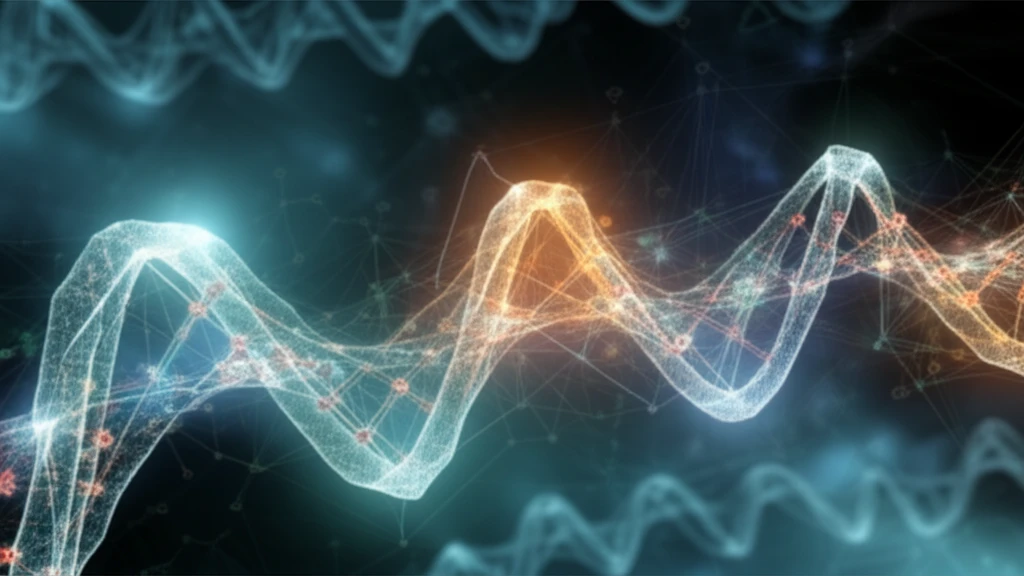
Decoding Your Genes: Can This Algorithm Crack the Genetic Network?
"A new method offers a simpler way to understand complex genetic interactions, potentially revolutionizing personalized medicine and drug discovery."
Imagine having a detailed map of how all your genes interact, influencing everything from your predisposition to certain diseases to how you respond to medication. This is the promise of genetic network inference, a field dedicated to understanding the complex relationships between genes. Traditionally, deciphering these networks has been a monumental task, requiring scientists to analyze vast amounts of data and solve incredibly complex equations.
Now, a new study offers a potential solution to this problem. Researchers have developed a novel algorithm that simplifies the process of inferring genetic networks, using a method that breaks down the problem into smaller, more manageable pieces. This approach focuses on the Vohradský model, a mathematical framework known for its ability to represent gene expression dynamics. By making this model more accessible, the new algorithm could accelerate discoveries in personalized medicine and drug development.
This article will explore this innovative algorithm, explaining how it works, its potential benefits, and its implications for the future of healthcare. We'll delve into the challenges of genetic network inference and show how this new method offers a promising step forward in understanding the intricate world of our genes.
The Challenge of Decoding Genetic Networks

Genetic networks are like intricate webs where genes influence each other's activity. Understanding these interactions is crucial because they determine how cells function and how diseases develop. For example, knowing which genes promote cancer growth or which ones protect against heart disease could lead to targeted therapies that are far more effective and have fewer side effects than current treatments.
- Data Complexity: Gene expression data is vast and complex, requiring sophisticated analytical tools.
- Non-Linear Relationships: The interactions between genes are often non-linear, making them difficult to model with simple equations.
- Computational Demands: Traditional methods require significant computational power, especially for large networks.
- Noise and Variability: Gene expression data is often noisy and variable, making it difficult to distinguish true interactions from random fluctuations.
The Future of Personalized Medicine is in the Genes
The new algorithm represents a significant step forward in the field of genetic network inference. By simplifying the process of parameter estimation for the Vohradský model, it makes it more accessible for researchers to analyze large-scale networks and uncover valuable insights into gene interactions.
While the algorithm shows promise, it's important to acknowledge its limitations. The study itself points out that the computation time can be significant, and future work is needed to improve its efficiency. Additionally, further research is necessary to validate the algorithm's performance on diverse datasets and to compare it with other existing methods.
Ultimately, the goal of genetic network inference is to create a comprehensive map of gene interactions that can be used to develop personalized therapies and improve human health. This new algorithm brings us closer to that goal by providing a simpler and more efficient way to decode the complex world of our genes.
